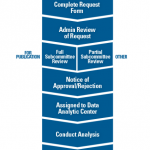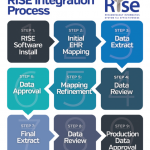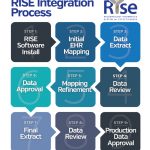What if pharma committed to pay in small increments only after patients
were enrolled?
We proposed an initial target enrollment of 300 patients. Achieving this modest enrollment would trigger an agreed-upon ka-ching, and then on to 500, 1,000, etc. This plan might overcome the reluctance of pharma to pay for a grand vision without a prior track record of success. Good ideas are one thing, but I had no experience. The reluctance to dedicate up-front funds to a new venture led by a doctor without bona fide business and organizational credentials was understandable.
An executive of a large French pharma company with whom I had collaborated on leflunomide research offered to cautiously provide limited support for modest initial enrollment numbers. This was an important breakthrough. It was now possible to approach other companies indicating that we already had support. Would they care to become part of this exciting nascent effort?
Early Model Fails
We moved ahead slowly with the model of payments for target enrollments achieved. After two years of planning, I enrolled CORRONA’s first patient in my AMC clinic in October 2001.
I had also approached the dean at AMC about the registry idea. Would he consider some up-front funding and then share in subsequent income? I was told this was clearly a hare-brained scheme. “Go see patients!” The no-nonsense rejection of this proposal would be a major factor in my subsequent decision to leave AMC. It wasn’t that I was insulted; I had expected to be rebuffed. But it had become apparent that if the registry concept was to be realized, it was not going to happen while I was at AMC.
It was also becoming clear that the initial model of payments for enrollments already achieved was not realistic. Personnel were needed to monitor site performance and rheumatologists expected to be financially incentivized to do the work of completing questionnaires. Imagine! And the questionnaires had to be developed, disseminated, collected and analyzed. The hole in the bottom of the barrel was getting bigger and bigger. Expenses and payments were out of sync. More funding had to come from somewhere. Soon!
I shared the dire financial realities with my clinical academic colleagues from around the country. We were running on fumes. There was always the hope that, with time, new biologic agents in development would expand our base of pharma companies willing to support the effort. Wishful thinking? Not uncommon in enterprises that eventually fail.


